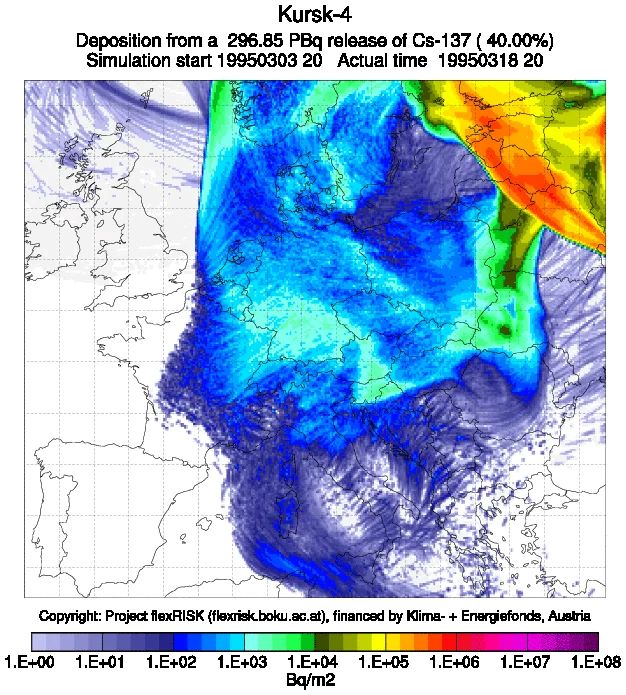Ukrainian forces approaching Kursk nuclear station in Russia
A Ukrainian military contingent has continued for the second week in a row its advance deep into Russian territory and on 15 August was some 50 kilometers south of the Kursk nuclear power plant; some sources claim it was as close as 15 kilometers.
While the plans of the Ukrainian military regarding the incursion into Russia were never explained, the Russian authorities complained to the International Atomic Energy Agency (IAEA) that the Ukrainian forces attacked the Kursk nuclear station with drones.
More to read:
A new nuclear disaster is looming in eastern Ukraine
Neglecting Kyiv’s similar complains over the Russian occupation of the Zaporizhyia nuclear power plant – the largest in Europe – since 2022, Moscow accuses Ukraine of “insane activities” that “threaten the peaceful exploitation of nuclear energy worldwide.”
A copy of the Chernobyl plant
The Kursk station is one of the four largest nuclear power plants in the Russian Federation, supplying electricity to more than half of the households and businesses in the south and center of the European part of Russia, according to Rosatom, the country’s nuclear agency.
Only two of its four reactors are operational at present, generating 2,000 MWt together.
More to read:
[video] Record floods in Russia wash out uranium waste into Tobol River
The Kursk station is very much alike the Chernobyl station in Ukraine, which blew up in April 1986. Both share the same Soviet design including technical flaws, meaning that the Kursk site is at risk of meltdown at any time, according to Novaya Gazeta.
The Kursk power station runs on RBMK-1000 reactors – similar to Chernobyl’s and the Russian government has been building a second nuclear station near Kursk in order to shut down the old one. These are very dangerous, unprotected reactors that are used in Russia only.
A direct hit into one of the working reactors would have a devastating effect on all of Europe, simulations by the Austrian physics project Flexrisk suggest.

In the event of an explosion at the Kursk nuclear power plant, radioactive emissions would affect not only the European part of Russia and bordering regions of Ukraine but also, depending on the wind direction, much of Western Europe.
Ukraine says that unlike Russia’s action in Zaporizhya it has not shelled the Kursk power station and so far has shown no intention to capture it.
***
NewsCafe is an independent outlet that cares about big issues. Our sources of income amount to ads and donations from readers. You can support us via PayPal: office[at]rudeana.com or paypal.me/newscafeeu. We promise to reward this gesture with more captivating and important topics.







